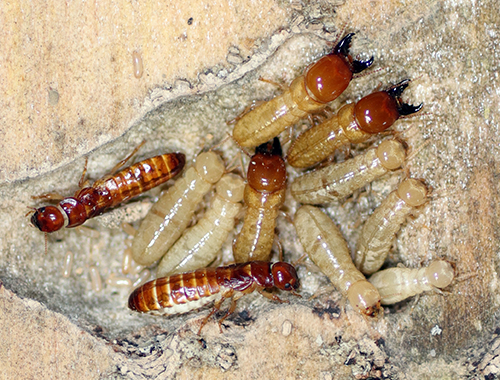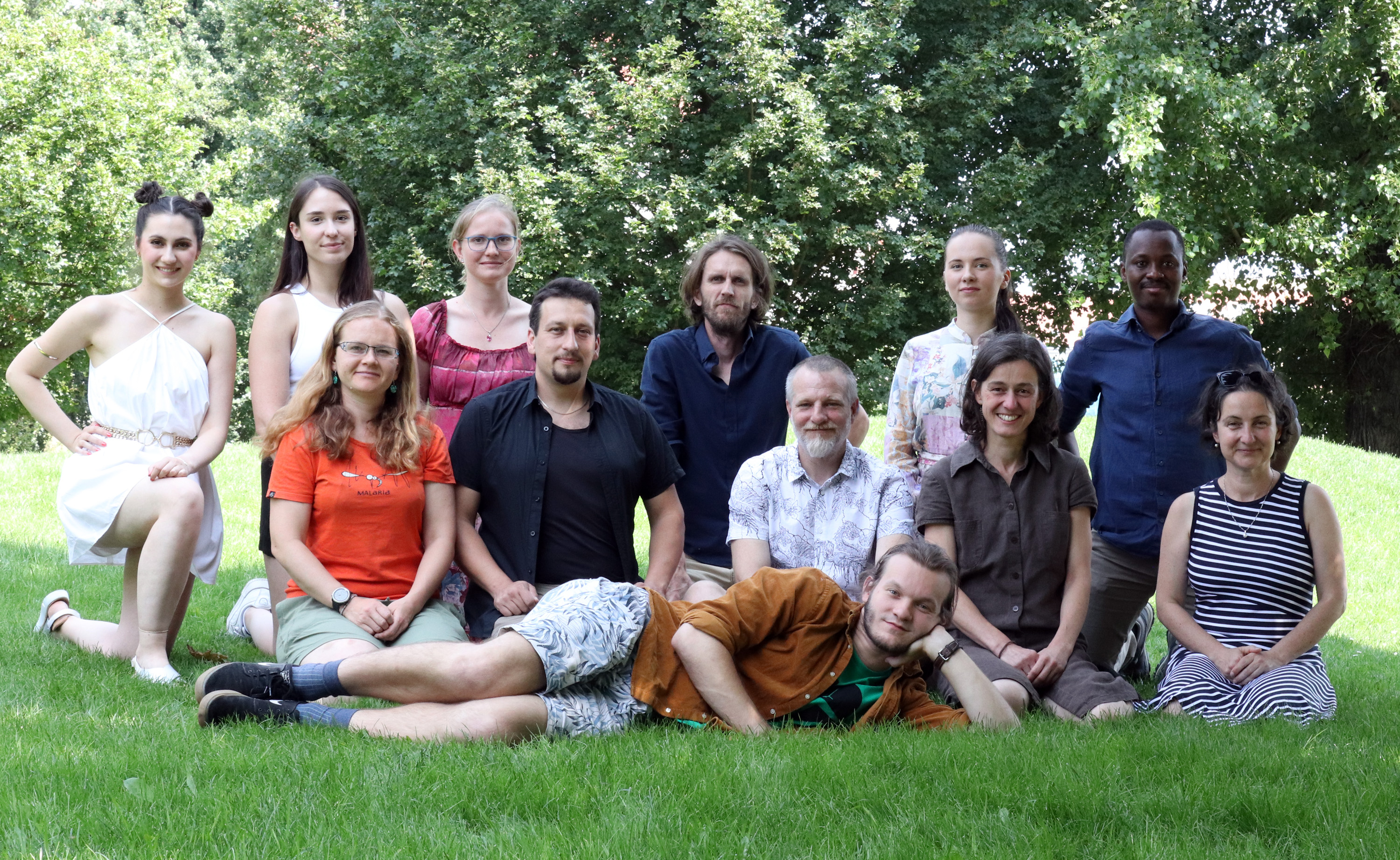About our group
Our research group studies the biology of social insects, especially the termites. We follow three main lines of research. First, we are interested in the chemical ecology of termites, namely in the diversity of exocrine chemicals (pheromones, defensive compounds), their biosynthesis and biological significance. Second, we study the biology of reproduction of termite colonies, with emphasis on genetic mechanisms underlying their reproductive success. And third, we search for the physiological mechanisms responsible for the extraordinary longevity of termite kings and queens.

Publications
All publications
Identification of the trail-following pheromone receptor in termites
eLife 13: RP101814 (2025)
Pheromone communication is the cornerstone of eusocial insect societies since it mediates the social hierarchy, division of labor, and concerted activities of colony members. The current knowledge on molecular mechanisms of social insect pheromone detection by odorant receptors (ORs) is limited to bees and ants, while no OR was yet functionally characterized in termites, the oldest eusocial insect clade. Here, we present the first OR deorphanization in termites. We selected four OR sequences from the annotated antennal transcriptome of the termite Prorhinotermes simplex (Psammotermitidae), expressed them in Empty Neuron Drosophila, and functionally characterized them using single sensillum recording (SSR). For one of the selected ORs, PsimOR14, we obtained strong responses to the main component of P. simplex trail-following pheromone, the monocyclic diterpene neocembrene. PsimOR14 showed a narrow tuning to neocembrene with only one additional compound out of 67 tested generating non…
Evolution of Linoleic Acid Biosynthesis Paved the Way for Ecological Success of Termites
Molecular Biology and Evolution 40 (4): msad087 (2023)
Identification of a queen primer pheromone in higher termites
Communications Biology 5: 1165 (2022)
Long-lived termite kings and queens activate telomerase in somatic organs
Proceedings of the Royal Society B - Biological Sciences 288 (1949): 20210511 (2021)
Complex evolution of insect insulin receptors and homologous decoy receptors, and functional significance of their multiplicity
Molecular Biology and Evolution 37 (6): 1775–1789 (2020)







